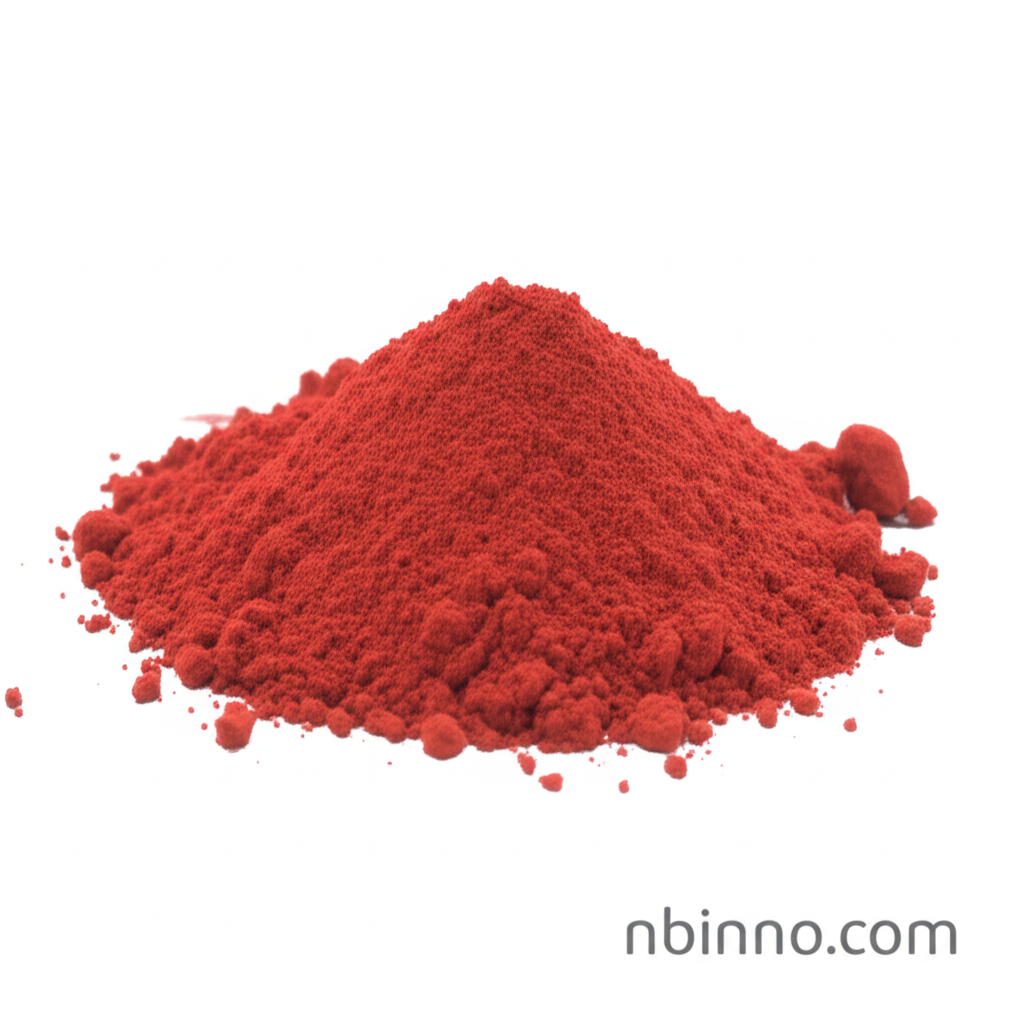2,5-Dianilinoterephthalic Acid: A Key Intermediate for High-Performance Pigments and Advanced Materials
Discover the crucial role of 2,5-dianilinoterephthalic acid in creating vibrant pigments and cutting-edge materials.
Get a Quote & SampleProduct Core Value

2,5-Dianilinoterephthalic acid
This compound is a critical building block in the chemical industry, primarily recognized as an intermediate for the synthesis of quinacridone pigments. These pigments are highly valued for their exceptional lightfastness, thermal stability, and weather resistance, making them ideal for demanding applications.
- Explore the 2,5-dianilinoterephthalic acid synthesis pathways to understand its production for high-performance pigment applications.
- Learn how 2,5-dianilinoterephthalic acid serves as a key intermediate for quinacridone pigments, renowned for their durability.
- Discover the use of 2,5-dianilinoterephthalic acid applications in creating high-performance polymers with superior thermal stability.
- Investigate the role of this chemical intermediate in the synthesis of metal-organic frameworks (MOFs) for advanced material applications.
Advantages of Using This Intermediate
Versatile Intermediate
As a fine chemical intermediate, it is pivotal for producing complex organic molecules and advanced materials, bridging basic chemistry with industrial applications.
Pigment Performance Enhancement
Utilizing 2,5-dianilinoterephthalic acid in quinacridone pigment production ensures superior color strength, lightfastness, and thermal stability, crucial for automotive coatings and high-end inks.
Material Innovation
Its derivatives are key for developing novel materials like high-performance polymers and MOFs, pushing the boundaries in fields such as gas storage and catalysis.
Key Applications
Pigment Production
A fundamental role in the 2,5-dianilinoterephthalic acid synthesis for quinacridone pigments, prized for their durability and vibrant hues.
Polymer Science
Serves as a precursor for high-performance polymers, offering enhanced thermal stability and mechanical properties for demanding engineering applications.
Materials Science (MOFs)
Acts as a vital linker in the synthesis of Metal-Organic Frameworks (MOFs), enabling applications in gas storage, separation, and catalysis.
Optoelectronics
Investigated for use in optical materials, with derivatives showing potential as emitters in Organic Light-Emitting Diodes (OLEDs).
